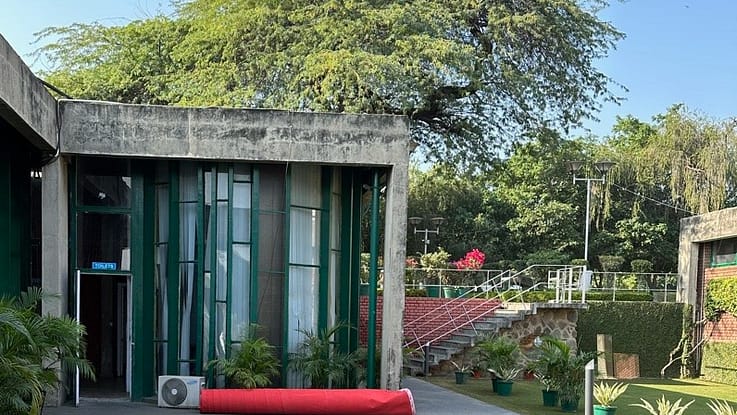
Mridu Sahai, Partner, Studio Archohm
Due to the spirit of nation-building, as the country forayed into its independence; PM Nehru invited the world’s renowned architects to design a new city. The city of Chandigarh – with a vision to emerge out of a colonial hangover, a city for displaced Indians, torn from the adversaries of the partition. A symbol of democracy, liberation, and free spirit. Le Corbusier, the most reputed architect of the generation was selected.
Up till then Corbusier had built extensively all over the world and had created monumental landmarks – from places of worship to housings and his own utopian ideas of how a city should be. Chandigarh however, presented Corbusier, with a once-in-a-lifetime opportunity to culminate his learnings in a single holistic gesture. The scale was unimaginable quite like the opportunity at hand, the scope – ambitious, the brief – specific yet open, the intent – to be a world-class postcode. In many a way, it was a dream for an urbanist as not only did it have a certain assurance for getting realized; the client was aligned and the users – citizens were not stakeholders yet as this was literally a ‘green field’ project. It was definitely an opportunity to match the stature of Le Corbusier.
And so along with his cousin Pierre Jeanneret and an entire team of talented local Indian architects and engineers, a dream came to life in all of 17 years. A proud moment for India, for all the “procedural delays” that are blamed on the bureaucracy, the crucial timeline in the development of the country marked by frugal realities – Chandigarh stood out as a marvelous example of how driven individuals can make a difference for the collective. And all it takes is– ‘intent’ – unwavering, resolute, and relentless.
And it is high time we bring back this “intent” to conserve the “modern heritage” of Chandigarh. Most nations preserve and celebrate extensively – each and every little icon of Modernism they have. Whether it is a light, a poster, or a building – there is an appreciation of its being and the context from which it emerged. Modernism is the most relevant and relatable historical period we have. It narrates stories of how it contributed to the evolution of the world, meaningfully – one small article at a time.
Here in Chandigarh, we have with us, an entire precinct, a living city – a mecca of indigenous modern heritage encompassing all scales from urban planning, architecture, design, and furniture to textiles and art. Where the manhole talks to the plaza which is in conversation with the door handle of a building that responds to the street lamp or the neighboring brick house. Where a city has taken its own distinct position in architecture. How it is driven by a unifying identity but has room for an incredible collage within. An orchestra of such a titanic scale and standing.
In simpler terms, we must consider our ‘Modern Heritage’ of Chandigarh as ‘Heritage’. We must not wait for a100 years for it to be considered worthy of preservation. Understandingly, the growing population and changing technologies, make us outgrow these spaces and products. But this is not the time to desert them, demolish them, or vandalize them with adhoc “jugaad” solutions, or we will end up losing our modern cultural markers. Under the garb of “getting there eventually”, we will reach a place of no return.
As India emerges as one of the largest economies in the modern world, we urge the government to focus on protecting manifestations of such human intellectual achievements as our “modern culture”. To treat it befittingly as yet another ‘soft power in the Indian story which is not hung up on its ancient or colonial past and does not ape the west.

Leave a Reply